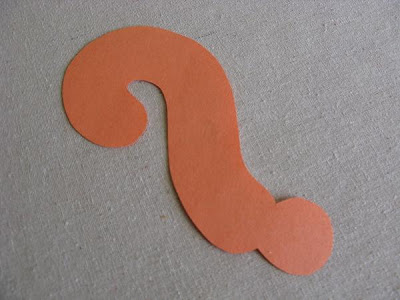
Start by tapping the rhythm of a familiar song and ask the children if they recognize the song. This might be harder than you think because many Primary songs have similar rhythms. The kids will have to concentrate, and might just guess. Help them out if they need it. After they guess the correct song, invite them to sing it with you. After a few examples, give the children a chance to come up and tap out a song. The point of this game is not just to provide another way to choose review songs, although it does do that, but rather to help the children pay attention to and remember the rhythm of the songs. If the song you are teaching has many different rhythms in the phrases, you can also use this game to help review. Tap out the rhythm of a phrase and ask the children to guess which phrase. Have the children sing the phrase.

.JPG)


.JPG)
.JPG)




.JPG)





